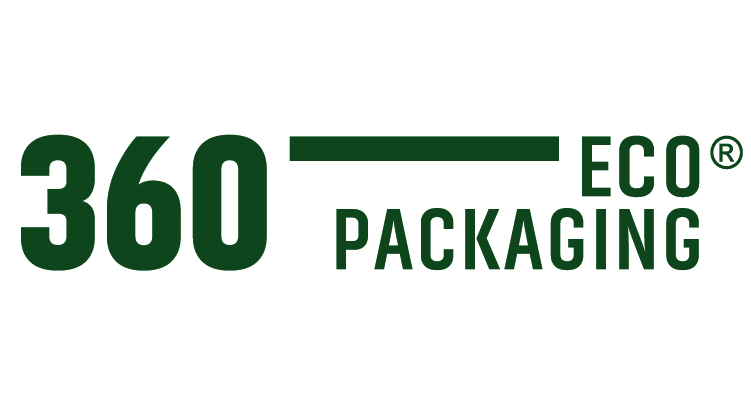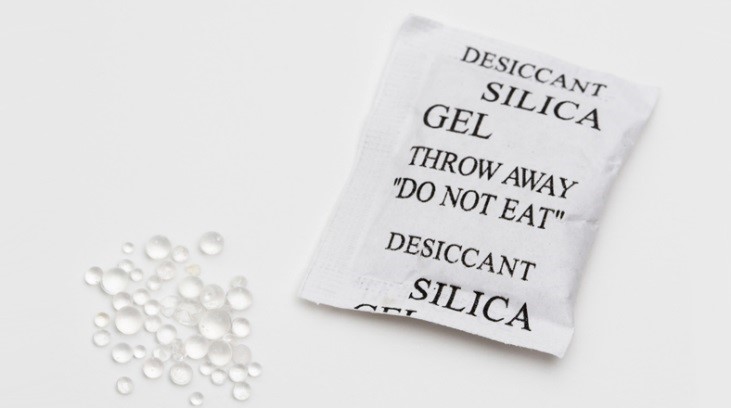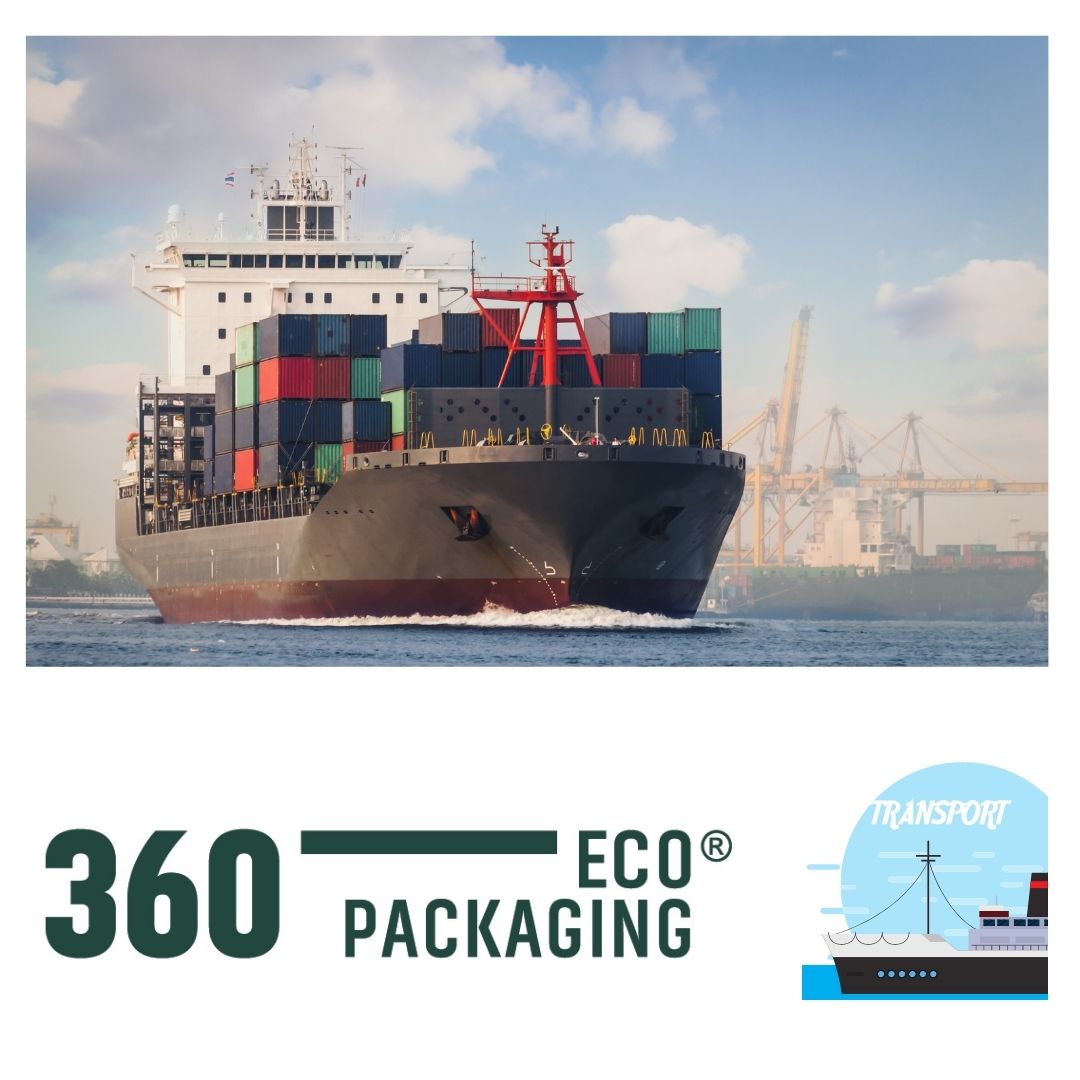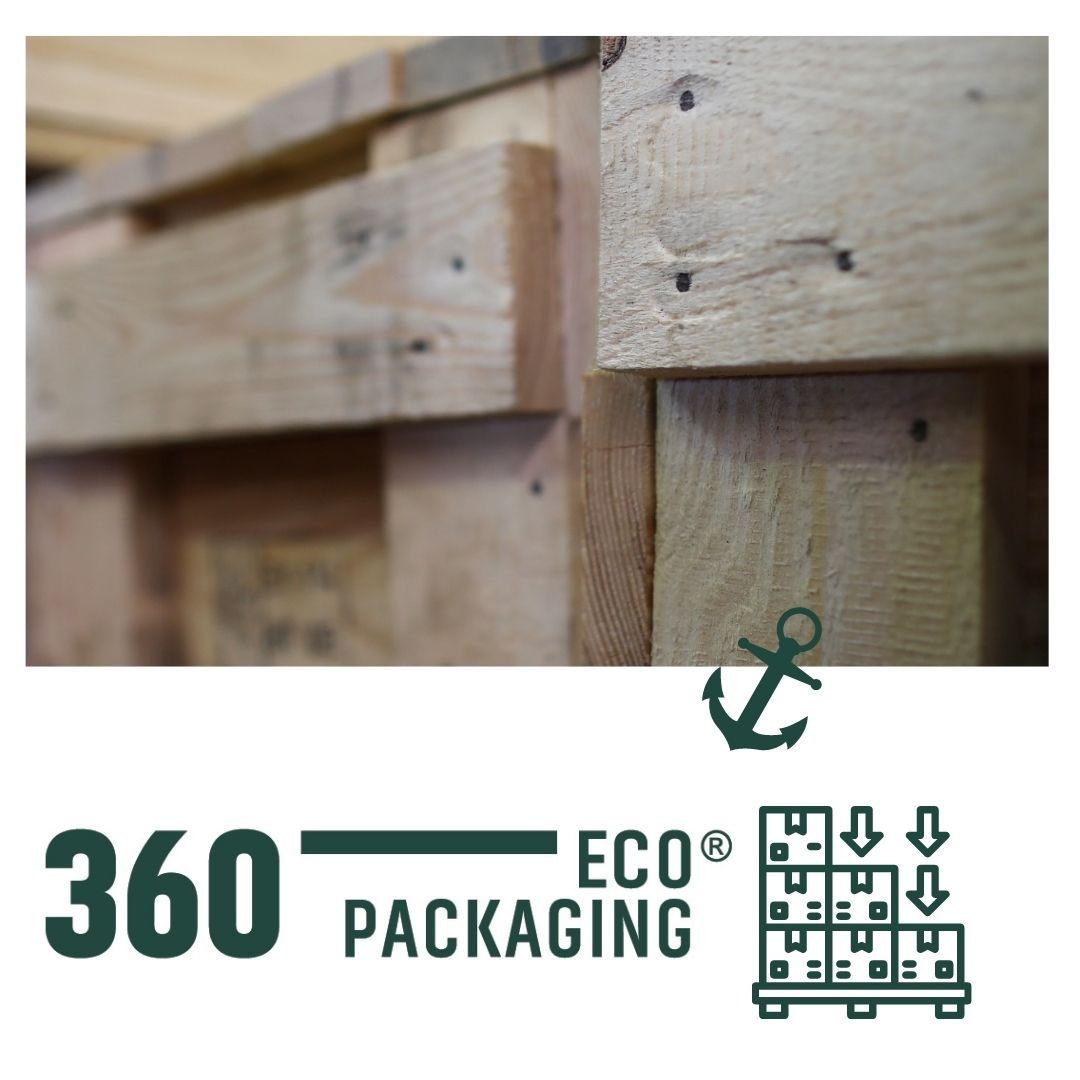Dehydrating or Desiccant salts, they are used more and more frequently for the packaging of cargoes, especially in maritime transports, but … are we using the right amount of desiccant salts? what is a DIN unit? do all desiccant salts absorb the same amount of moisture? In this post we will try to answer all these questions.

To calculate the amount of DIN units of salts needed to ensure a “dry” environment, we will base ourselves on the DIN 55474 standard, which empirically defined as:
n = 1/a · ( V · b + m · c + A · e · D · t )
Where “n” is the number of DIN units, “a” the amount of water vapor absorbed per unit of salt, for 20 % RH a = 3 g; 40 % RH a = 6 g; 60 % RH a = 8 g, “V” the volume inside the packaging, “b” the humidity per unit volume of interior air, “m” weight in kilograms, “c” grams of humidity per kilogram of weight, “S” packaging surface in square meters, “e” correction factor, for 20 % RH e = 0.9, for 40 % RH e = 0.7 and finally for 60 % RH e = 0.6, “D” permeability in grams per square meter and finally “t” the storage time.
To summarize, in general, one DIN unit is equivalent to an absorption of 6g of water, to absorb these 6g of water approximately 30g of desiccant salts are necessary (depending on the type of salt and the conditions).
Thus we can take this table as a reference:

As we have already mentioned in this blog, there are many types of desiccant salts depending on their chemical composition, so we must always know their absorption capacity and the amount of DIN units per unit mass.

As a conclusion we must assume to take as reference the DIN units and from this we will be able to calculate the grams of each salt that we need. Starting from these DIN units we will never make a mistake with the amount of salts needed.
![]()


























